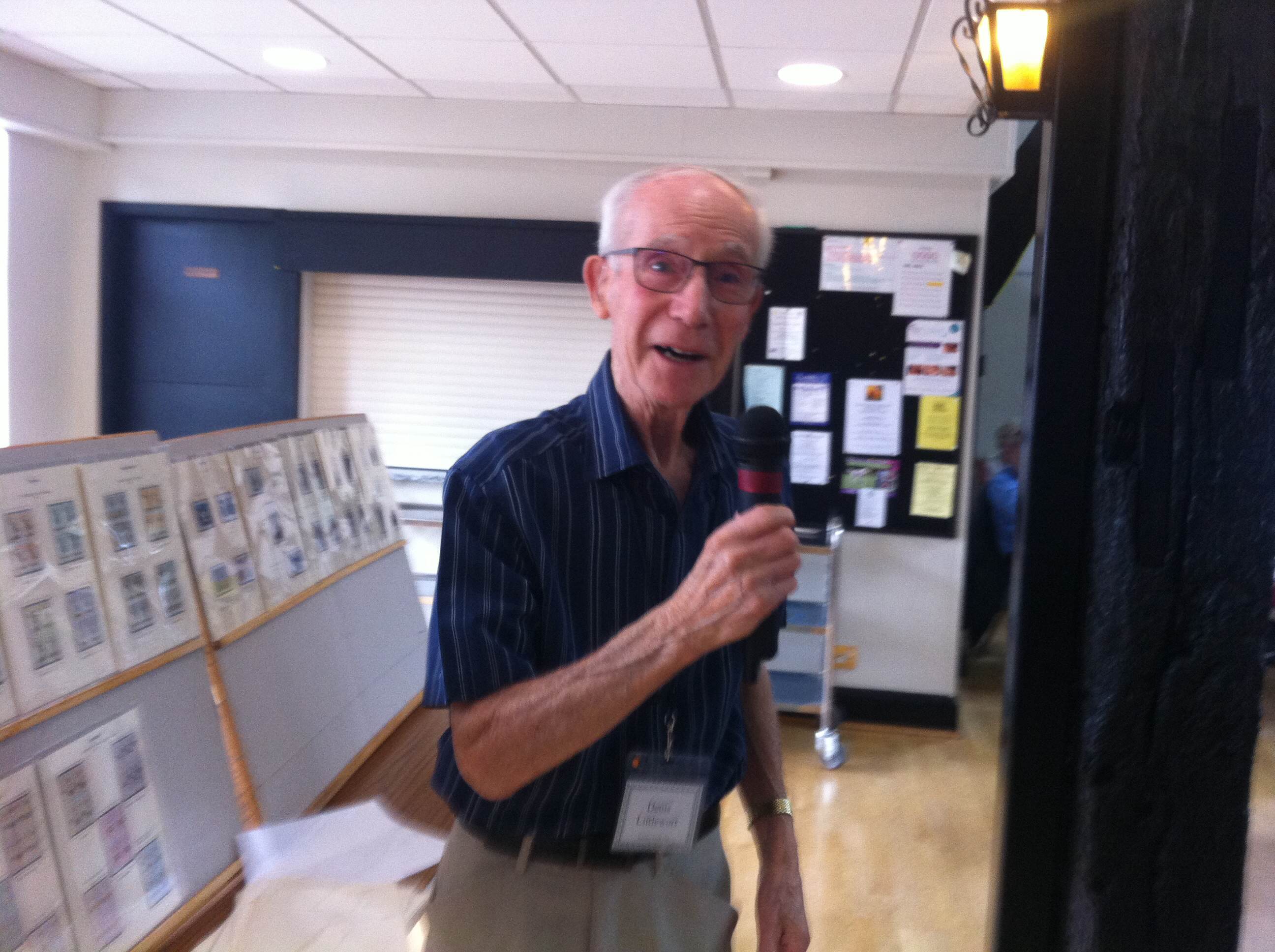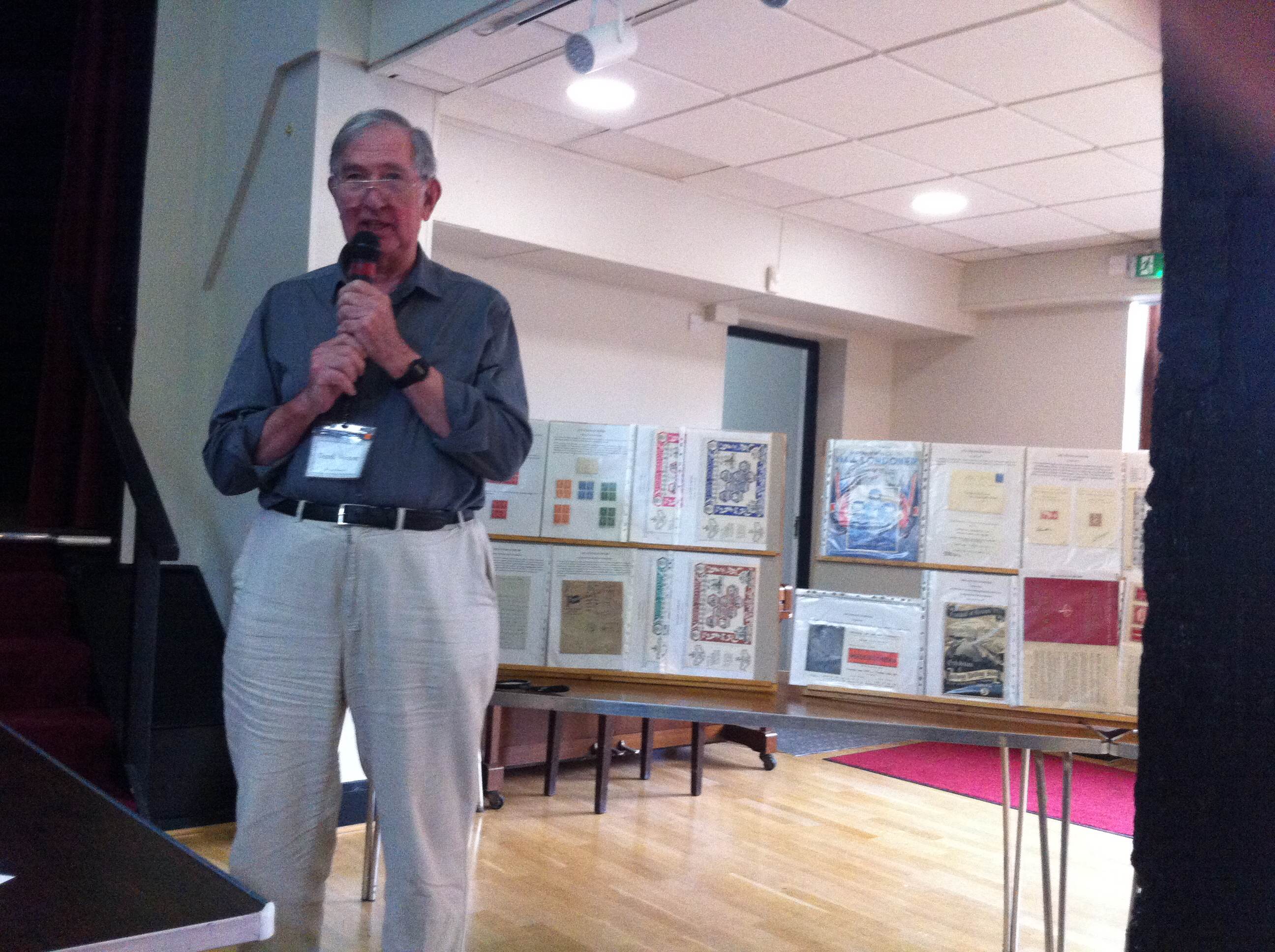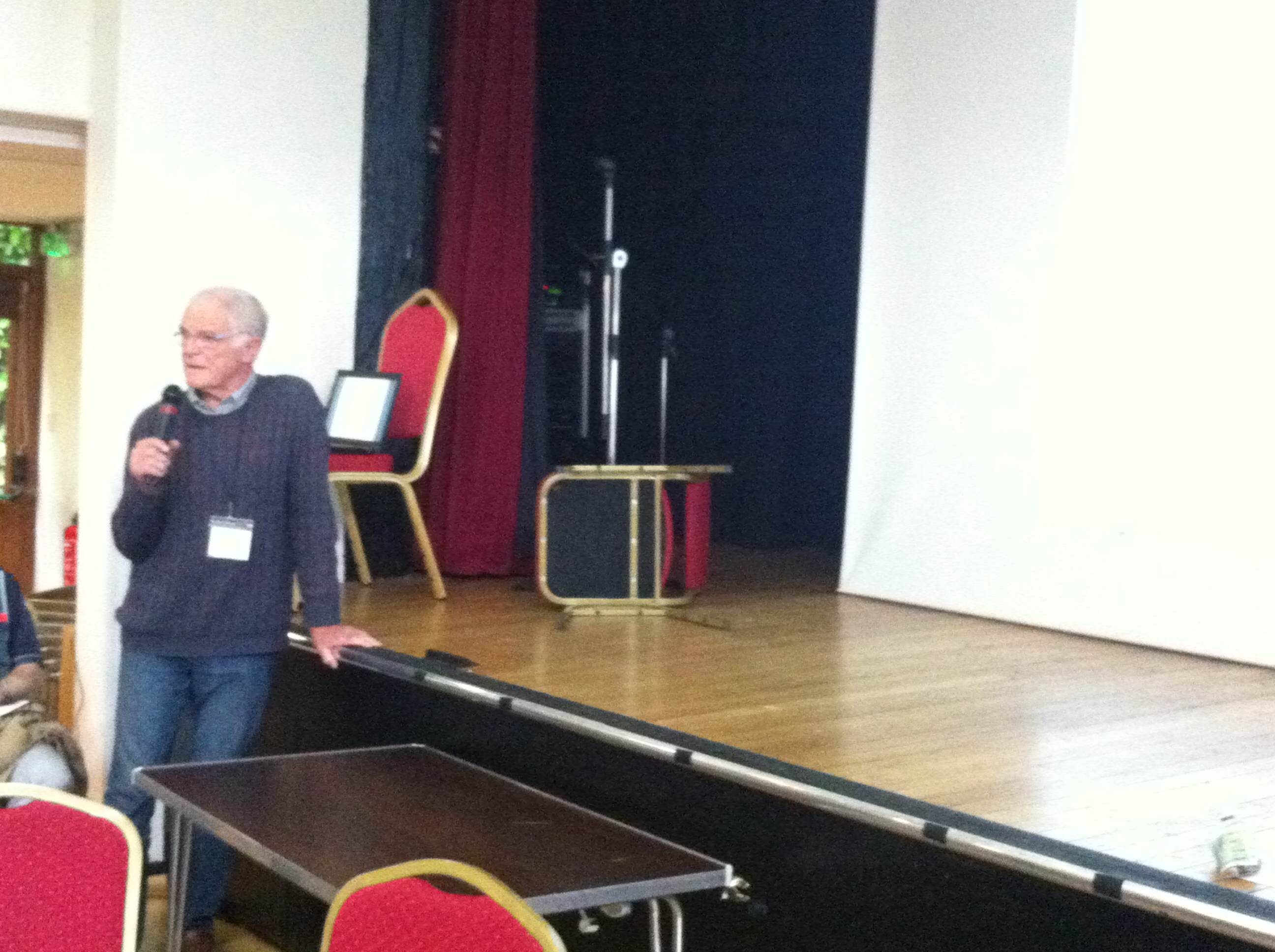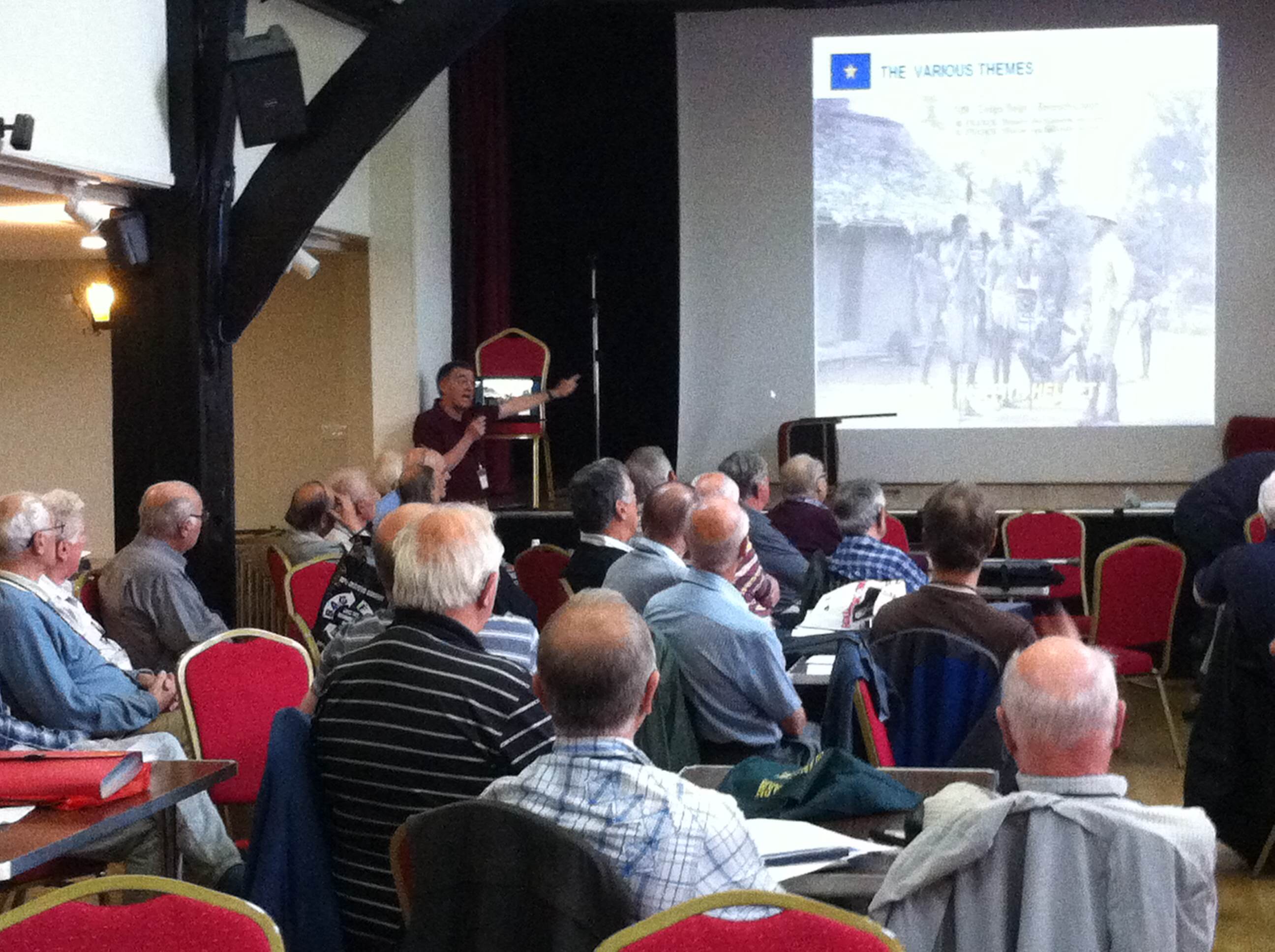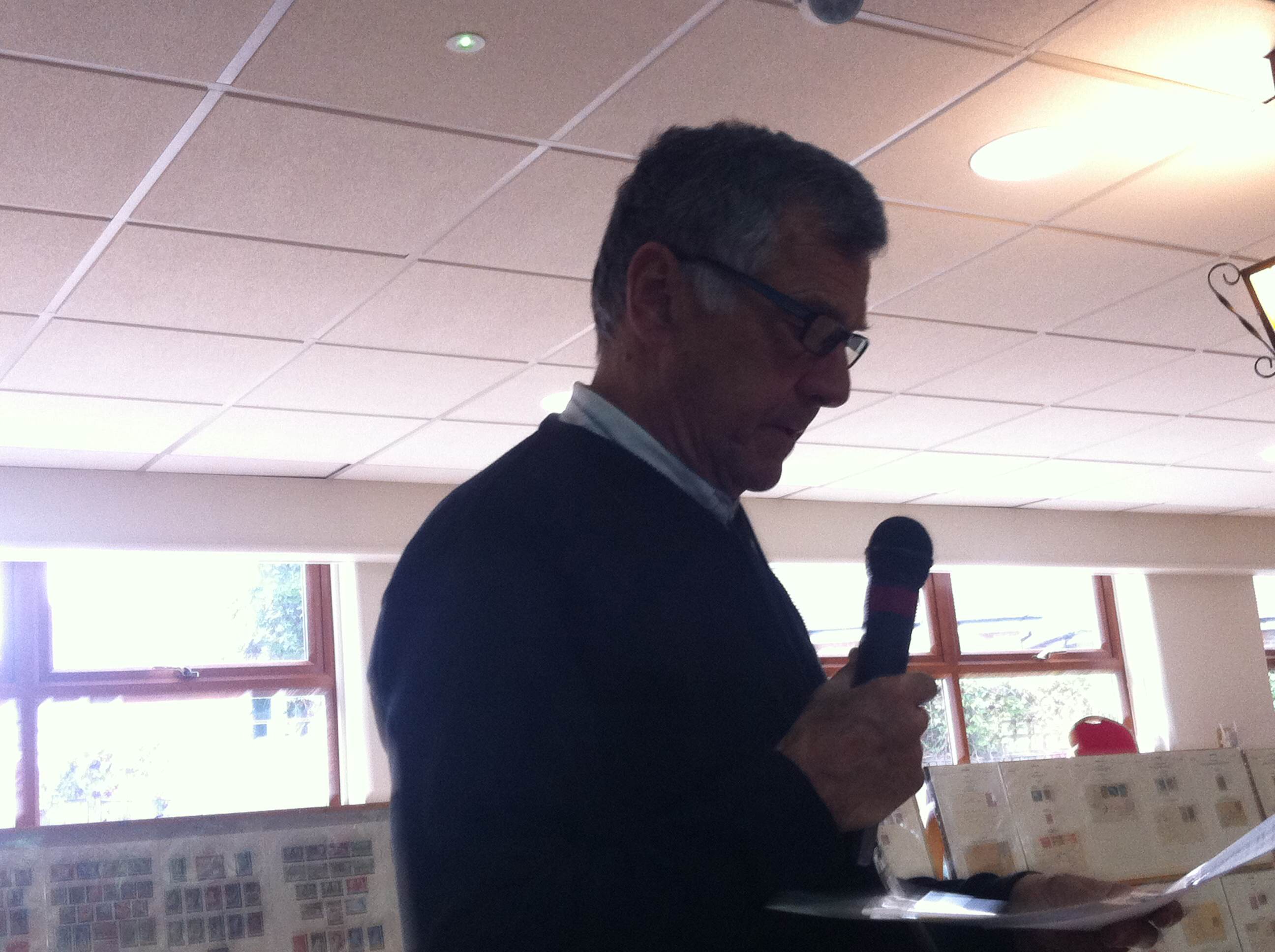After our AGM in May, the June meeting comprised a series of Members’ Displays
Barry Stephens showed in two sections. The first covered: Birds of British Southern Africa; The SS Great Britain – a history up to restoration; a range of postmarks. The second covered Norfolk Island.
Tony Burbidge displayed material from the Saar. The territory was ceded to France after WWI, and returned to Germany in 1935. From 1945 to 1957 it was in the French zone of West Germany before being returned to West Germany in 1959 after a two-year transition.
John Jordan showed the village postmarks of Antigua. He covered the period from use of GB stamps in Antigua up to WWII. And included a cancel from every village. We were treated to a brief and fascinating history of the island and its postal services, and given an explanation for the Morley’ covers that are dated after the Post Office had closed. He ended with a commercial for his book on Antigua, published by the British West Indies Study Circle.
Denis Littlewort showed material from Portugal, France and Spain from the 1960s.
From Portugal, he showed the Military Uniforms set. From France Paintings and Stained-Glass Windows and from Spain he showed Armorials and Costumes, laid out to form the letters ESPANA.
The second half began with Derek Weston showing the 1951 Festival of Britain, held to celebrate the Centenary of the Great Exhibition. He showed a wide range of material including ephemera and cinderellas.
Michael Cope displayed a splendid collection of Belgian Congo Postal Stationery Postcards. The picture sides gave a snapshot of colonial fife there just over 100 years ago. There are four main series of cards and some are overprinted for Ruanda-Urundi.
Finally, Graham Mytton showed Zambia (the former Northern Rhodesia). He noted that most stamps up to 1990 were designed by Gabriel Ellison. They decimalised their currency in 1968, and adopted a new unit (the Kwacha) the was equivalent to 10/-. He related the story of Livingstone and his helpers ‘Susi’ and ‘Chuma’ (both men) who helped to interpret Livingstone’s journals. The stamps of Zambia shown featured fauna, minerals, semi-precious stones and sunbirds with iridescent plumage. He noted that he had influenced Stanley Gibbons by proving postal usage of a number of stamps.
